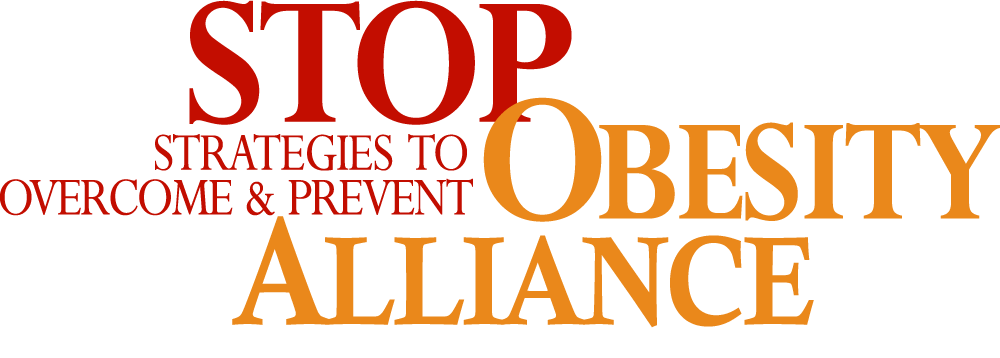Obesity is a complex disease, driven by a variety of factors ranging from individual genetics and lifestyle behaviors to systemic factors like access to primary care and healthy food options. More than two in five American adults have obesity and one in eleven have severe obesity, with rates on the rise. Due to the wide range of factors that contribute to the disease, addressing the obesity epidemic requires systems-level change.
While more than 40% of Americans have obesity, some demographic groups face disproportionately higher rates. For example, 43% of Blacks and Native Hawaiian or Other Pacific Islanders, 37% of Hispanics, and 39% of American Indian/Alaska Natives have obesity compared to 32% of Whites. While disproportionately burdened by high rates of disease, these groups also receive lower quality care. Racial minorities experience lower rates of recruitment and retention in behavioral health intervention trials, reducing the generalizability of obesity care strategies to diverse populations.
Stark racial disparities also exist in access to obesity medications. Minority adults experience the highest rates of obesity and therefore the highest rates of eligibility for weight management medication use. However, they have the least access to these medications.
The Council on Black Health has launched a Getting to Equity in Obesity Prevention Toolkit (GTE Toolkit) to help researchers, public health professionals, healthcare providers, and administrators implement equity-oriented obesity prevention strategies. The toolkit shares tangible tools on how to incorporate health equity considerations during the planning and implementation of policy, systems, and environmental change approaches (PSE). The toolkit walks the user through thought processes including reflection questions, worksheets, and tools and resources. It guides equity-based approaches to systems level change in these four areas:
-
Increasing healthy options through food acquisition and provision and reforming the built environment and transportation systems;
-
Reducing deterrents to a healthy lifestyle such as the promotion of unhealthy products, high costs of healthy options, and discrimination;
-
Improving social and economic resources in nutrition, education, housing, and more;
-
And building on community capacity to promote strategic partnerships, entrepreneurship, and healthy behaviors.

Source: Getting to Equity in Obesity Prevention Toolkit (GTE Toolkit)
What is health equity? The Council on Black Health defines it as “reducing and ultimately eliminating health disparities—health differences or key health determinants that adversely affect marginalized or excluded groups,” to create an environment where everyone has the opportunity to be as healthy as possible. Health equity takes into consideration how social determinants of health contribute to disparate outcomes and recognizes that systems level changes can target the most vulnerable groups to promote equitable opportunities for health.
Researchers and public health professionals who deliver obesity care and prevention should consider the equity implications of their work. Future efforts should be prioritized to drive equitable health outcomes and reduce health disparities.


